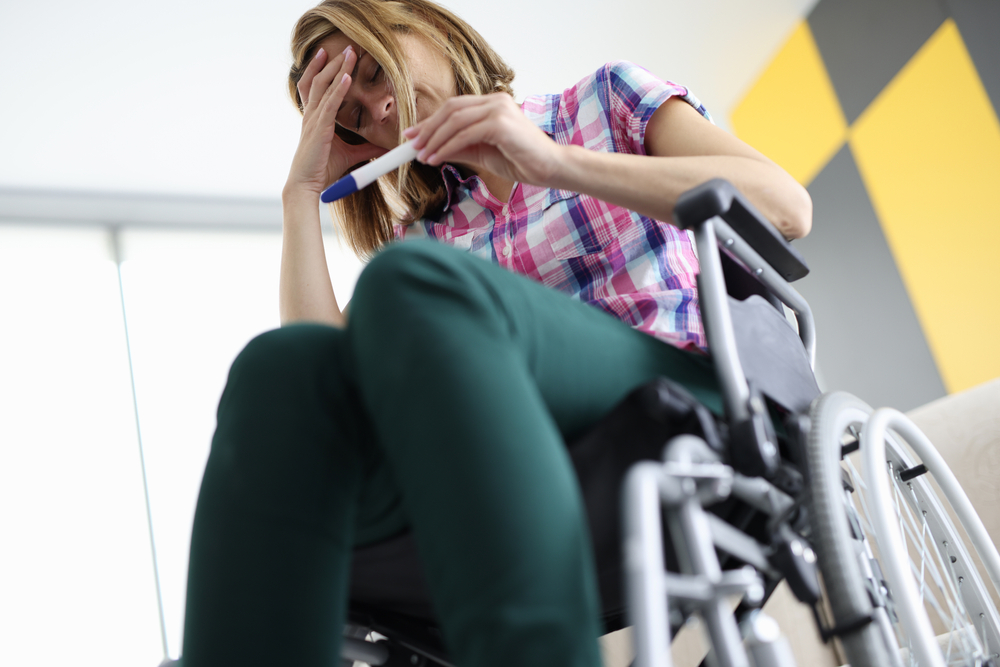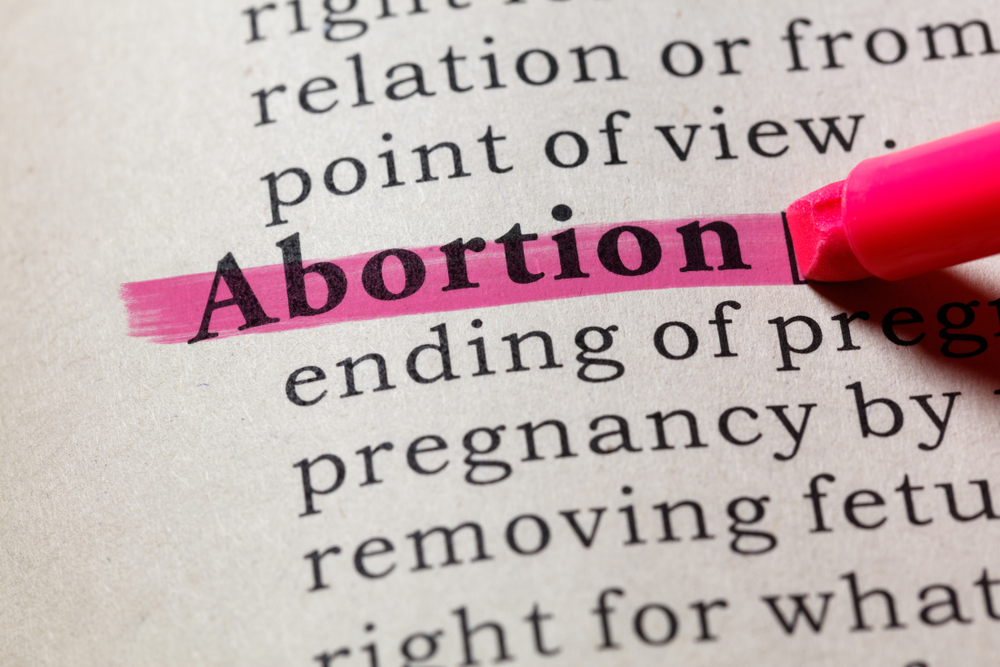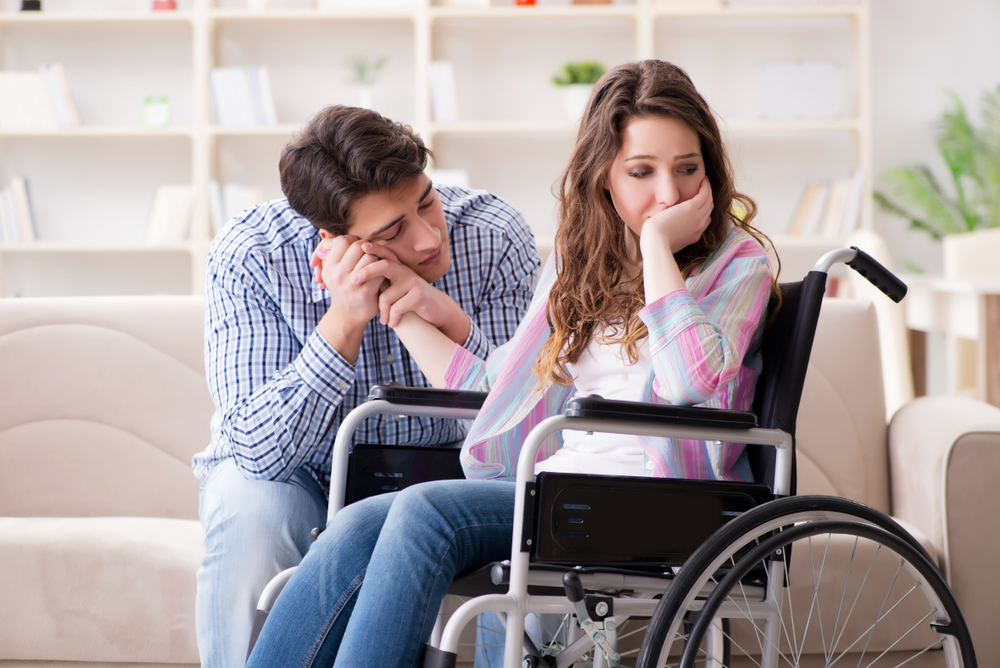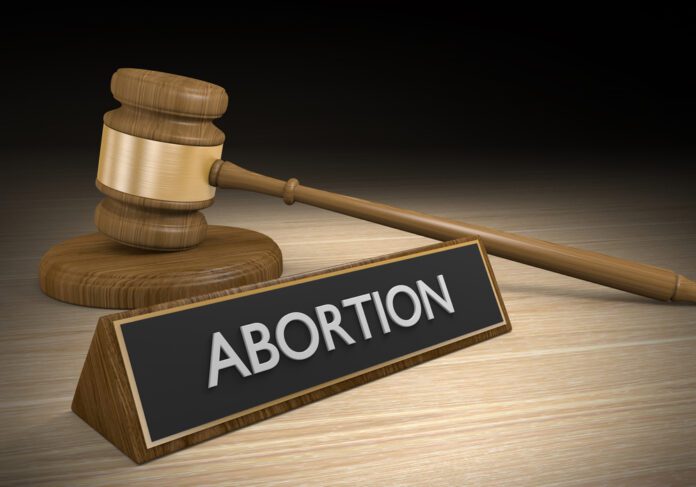On June 24, 2022, the U.S. Supreme Court released its decision on a Mississippi case known as Dobbs v. Jackson Women’s Health Organization; thus overturning Roe v. Wade. Roe was the longstanding ruling that, in 1973, established the constitutional right to abortion during the first two trimesters of pregnancy in the United States.
The reversal means that roughly half of the states will either outlaw or severely restrict abortion. With these newfound limitations, researchers estimate that 75,000 American women who want an abortion will give birth instead — in the first year alone. Furthermore, some analysts believe that the implications of Roe’s reversal will be larger among marginalized groups, including members of the disability community.
Whether you’re “pro-choice” or “pro-life,” disability is a bipartisan issue. Still, statistics show that women with disabilities could be at greater risk of unwanted pregnancy because of sexual assault, health disparities and more.

Women with Disabilities Experiencing Sexual Assault
One in five (20%) women in the U.S. has experienced completed or attempted rape during their lifetime, according to the National Sexual Violence Resource Center (NSVRC). Women with a disability are at greater risk of experiencing rape than women without a disability. Statistics published by the Centers for Disease Control (CDC) show that an estimated two in five (39%) female victims of rape had a disability at the time of the incident. The statistics, unfortunately, further creep up for some with disabilities.
NSVRC reported that, in 2013, of the rapes and sexual assaults perpetrated against people with disabilities, a staggering 68.1% were against individuals with multiple disability types. Plus, in another study among Deaf women, 69% conveyed experiencing at least one sexual assault during their lifetime. For women with disabilities who had experienced sexual assault, the most common perpetrator was an intimate partner (39.6 percent) or an acquaintance (25.1 percent).
Rape-related pregnancy occurs with significant frequency, per findings by the National Center for Biotechnology Information (NCBI). It is the cause of many unwanted pregnancies and is closely linked with family and domestic violence. That means, because of statistics alone, women with disabilities, who happen to experience rape in greater numbers, are more likely to have a rape-related pregnancy. Thus, these members of the disability community may be impacted more so by Roe’s reversal compared to non-disabled women.

Young Adults with Disabilities Haven’t Been on the Radar
Nearly one in three young women with disabilities on college campuses has experienced sexual assault, according to study findings published by the National Council on Disability (NCD), an independent federal agency.
The report, Not on the Radar: Sexual Assault of College Students with Disabilities, also found that colleges aren’t prepared to respond to cases of sexual assault against students with disabilities. For example, would a student that is hearing-impaired have access to a confidential translator when reporting a sexual assault?
Maternal Death Rates among Disabled Mothers
Pregnancy is difficult and, surprisingly, the U.S. has the highest maternal mortality rate of any developed country. For every 100,000 births, 23.8 people died from pregnancy or childbirth-related causes in 2020, according to the CDC. Because Roe’s reversal may lead to a sharp increase in births, maternal mortality rates may likely rise as well, and at a greater rate among mothers with disabilities.
Pregnant women with disabilities have a much higher risk for severe pregnancy- and birth-related complications and death than other pregnant women, according to research published in 2021 by the National Institutes of Health (NIH).
Compared to women without disabilities, NIH reported that women with disabilities had:
- more than twice the risk for severe preeclampsia (a potentially life-threatening hypertensive disorder of pregnancy); and a 48% higher risk for mild preeclampsia;
- 25% higher risk for gestational diabetes;
- 52% higher risk for placenta previa (placenta covering all or part of the cervix);
- 16% higher risk for premature rupture of the membranes;
- 27% higher risk for hemorrhage;
- 11 times the risk for maternal death;
- more than six times the risk for thromboembolism (blood clots in the lungs or veins in the legs);
- four times the risk for cardiovascular events (heart attacks and other disorders of the heart and blood vessels);
- nearly three times the risk for infection; and/or
- 33% greater likelihood of receiving the drug oxytocin to stimulate labor; to have delivery with forceps, a vacuum or other devices to extract the fetus; or to have a cesarean delivery.

Other Health Disabilities Remain for Women with Disabilities
Stereotyping of people with disabilities leads to health disparities (on many levels). According to a study by the NCD, some healthcare providers have admittedly expressed surprise that women with disabilities would be sexually active. As a result, these healthcare providers failed to discuss the use of contraceptives (to prevent unwanted pregnancies) or evaluate the women for STDs. Plus, some women with disabilities reported that they even avoided regular visits to the gynecologist because services tended to be more difficult to obtain.
These findings illustrate that both healthcare providers and lawmakers should be further educated on disability issues to combat health disabilities. In the spring of 2022, the NCD released a framework for policymakers, calling for an all-of-government approach to longstanding medical discrimination against people with disabilities, the largest unrecognized minority group in the country. It aims to serve as a roadmap to fixing systemic barriers within the healthcare system and references many examples of the well-documented health disparities and inequities that demand action for millions of people with disabilities.
Understanding Access
Abortion rights vary greatly among states, which can make healthcare options confusing for women with and without disabilities. Some states continue to offer full access to abortion. Whereas, in some other states, anti-abortion laws do not make exceptions for women that have been raped, including teenagers who are victims of incest. And some states do make exceptions for medical emergencies. Laws surrounding abortion will likely evolve as many state lawmakers look to reenact pre-Roe bans or, on the flip side, update laws to allow access.
If you or someone you know is a victim of sexual assault, please seek help. Resources are available at nsvrc.org. This website includes information specific to sexual assault within the disability community. For example, you can access guides like: Responding to Survivors with Autism Spectrum Disorders: An Overview for Sexual Assault Advocates and A Guide For Sexual Abuse Survivors With Physical Disabilities Facing Sexual Abuse.






